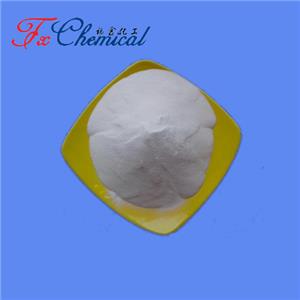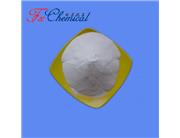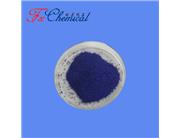What is Sodium Decanoate?
Sodium decanoate is the sodium salt of decanoic acid, a medium-chain fatty acid (C10:0) also known as capric acid. It is anionic in nature, meaning it has surfactant (surface-active) properties.
Its structure consists of a hydrophobic (water-repelling) 10-carbon tail and a hydrophilic (water-attracting) carboxylate head, which allows it to interact with both oils and water. This amphiphilic nature is the key to its primary applications.
Primary Applications and Uses
The applications of sodium decanoate are primarily in medicine, microbiology, and as a functional ingredient in various industrial products.
1. Pharmaceutical Industry (The Most Significant Application)
This is the most prominent and well-researched use of sodium decanoate.
Prodrug for Decanoic Acid: Sodium decanoate itself is often a precursor. In aqueous solutions, it readily converts to its active form, decanoic acid.
Anticonvulsant: Decanoic acid is a well-known medium-chain triglyceride (MCT) metabolite. It has demonstrated significant anticonvulsant properties, particularly in the treatment of drug-resistant epilepsy.
Mechanism: It is believed to work by blocking AMPA receptors in the brain, which reduces neuronal excitability and seizure activity.
Context: This effect is a key mechanism behind the therapeutic success of the high-fat, low-carbohydrate ketogenic diet. Sodium decanoate is studied as a more direct way to deliver this beneficial fatty acid.
Antimicrobial and Antifungal Agent: Decanoic acid is a potent antimicrobial. Sodium decanoate serves as a water-soluble delivery form to exploit this property in formulations.
It is effective against a range of pathogens, including the yeast Candida albicans and various bacteria.
It is used in some topical creams and ointments for skin infections.
2. Food and Beverage Industry
Antimicrobial Preservative: Its ability to inhibit the growth of mold and yeast makes it a useful preservative in food products. It helps extend the shelf life of items like cheese, baked goods, and beverages.
Flavor and Fragrance Agent: It can be used as a intermediate in the synthesis of esters that are used as fruit flavorings (e.g., apple, cognac, brandy) and in perfumes.
3. Soap and Detergent Industry
Surfactant and Cleansing Agent: As a soap, sodium decanoate functions as an anionic surfactant. It is particularly valued for creating a hard soap with a stable, dense lather.
Component of Mixed Soaps: It is rarely used alone. It is a key component in the blend of fatty acid salts (e.g., from coconut oil or palm kernel oil) that make up bar soaps, laundry bars, and cleansers. The C10 chain contributes to good solubility and lathering properties.
4. Microbiology and Research
Selective Agent in Culture Media: In microbiology labs, sodium decanoate can be added to growth media to selectively inhibit the growth of certain microorganisms while allowing others to grow, which is useful for isolation and identification.
Model Surfactant: Its well-defined structure makes it a useful compound for studying the physicochemical properties of surfactants, such as critical micelle concentration (CMC) and micelle formation.
5. Other Industrial Applications
Lubricants: It can be used as a component in the formulation of synthetic lubricants and greases.
Plasticizer: Acts as a plasticizer and stabilizer in the plastics industry.
Intermediate in Organic Synthesis: It is used as a starting material for the production of various decanoate esters and other derivatives.


 China
China

